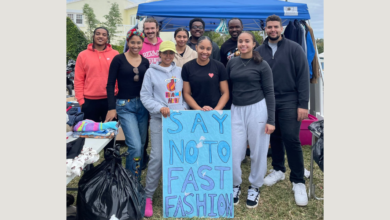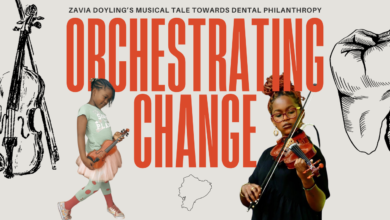
Of the many identities covered under the LGBTQIA+ umbrella, asexual people are one of the least represented and discussed in mainstream media. It is human nature to be wary of things we don’t really understand so let’s take a moment to demystify the A, in service of the safe and supportive community we all deserve and desire. As a sex educator, here are the most common questions and answers people seek when they are ready to understand.
1. What is asexuality?
Asexuality is the lack of sexual attraction to others. Asexual (ace) people often experience little to no desire for sexual activity. This can be considered a sexual orientation or the lack of one.
2. Can asexual people fall in love?
Although they may not desire sex, asexual people can still be emotionally, mentally, or spiritually attracted to others and can fall in love and engage in fulfilling romantic relationships that can look similar to the romantic relationships of non-asexual people.
3. How common is asexuality?
According to research, it is estimated that asexual people account for 1-4% of the population, with higher rates among younger people.
4. Can emotional trauma cause asexuality?
Studies show that the history of sexual abuse in the asexual community is no higher than in the general population, so the short answer is no. It is a common misconception that certain trauma can cause changes in sexual orientation however, the evidence and experts agree that orientation is innate.
5. Is asexual another word for abstinent or celibate?
No, and the difference is choice. People who are practicing abstinence or celibacy are usually doing it for a limited period of time and while the reasons may vary, it is not an identity.
6. What is the cure for asexuality?
There is nothing wrong with asexual people. Asexuality is not a flaw and can not be fixed with medication or therapy.
7. Do I know any asexual people?
While the phrase was coined in the 1890s it didn’t gain traction until the last 30 years. Therefore there are many historical examples of famous figures who publicly declared not experiencing sexual desire such as Nicola Tesla. While current examples of famous figures being under the umbrella of asexuality include Michaela Cole and Yasmin Benoit. They may be a small portion of the population but they do and have long existed in our communities.
8. What are the signs of being ace?
It is important to note that ace people can be straight, gay, bi, or queer because sexual attraction is only one of many attractions, (including romantic, mental etc) but here are some signs that you may be asexual:
-you are not interested in sex
-other people don’t turn you on
-you don’t relate to other people’s sexuality
-the label resonates with you (if you think you are, you probably are)
It should go without saying, but being asexual isn’t the same thing as experiencing:
- fear of intimacy
- loss of libido
- sexual repression
- sexual aversion
- sexual dysfunction
- Relationship Incompatibility
If dealing with any of the above experiences becomes unmanageable please seek professional guidance or consult.

These questions don’t have any “right” or “wrong” answers, but they can help you: think about your sexuality, improve the strength of your relationships and the quality of your life.
May your 2023 be filled with safety, connection, self-exploration and love.
Happy New Year!






